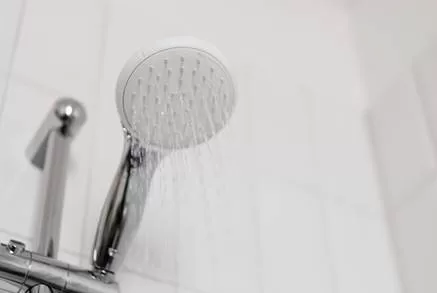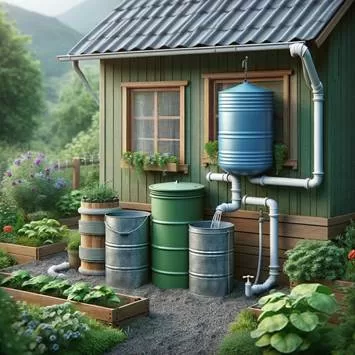Climate change and increasingly unpredictable weather may be reasons more South Africans are considering their water security, but so are creaking infrastructure and rising costs.
Residents of Cape Town and Gqeberha can attest to what it’s like when the rain doesn’t fall and Day Zero looms. While climate change is exacerbating weather patterns over time, for many households the current issue is essential maintenance of ageing infrastructure causing water outages.
Residents in two of South Africa’s major cities, Cape Town and Johannesburg, have recent experience of this, as do many people living in smaller municipalities.
South Africa is a water-scarce country, and it stands to reason that local and national government efforts to address water security, both in terms of collecting and distributing it, will drive up costs. Building more dams is expensive and so are other options such as desalination plants and boreholes. So is adding reticulation and maintaining both new and existing supply systems.
According to specialist loan provider, DirectAxis, there are three main reasons people seek finance to enhance their water security: being prepared for occasional outages; reducing their consumption and consequently how much they pay for water; or becoming entirely water-independent by going off grid.
Based on these motives, DirectAxis conducted research into the options available for each, the costs and any additional considerations.
Preparing for occasional outages
Households wanting to ensure they have enough water during temporary supply disruptions should focus on storage as a basic backup.
The costs for JoJo or similar water storage tanks are:
- 500 litres: R1 500 – R2 500
- 1 000 litres: R2 500 to R4 000
- 5 000 litres: R8 000 – R15 000
Installation costs should be between R1 000 and R3 000.
DirectAxis’ Neven Narayanasamy says that when selecting the best option, consider the daily household usage and the typical duration of an outage. This will ensure you don’t pay over the odds for storage capacity you don’t need or subsequently discover you don’t have enough.
If possible, install the tank in a shaded area. This will prevent algae growth and will mean you don’t need to clean it as regularly to maintain water quality.
Reducing household consumption
Installing water-saving fixtures and systems will help to reduce water bills and contribute to water conservation. Prices vary depending on quality and complexity.
Options and the associated costs are:
- Low-flow fixtures – R200 to R1 000 per fixture; installation R500 – R1 500 per fixture.
- Dual-flush toilets – R1 500 to R3 000 per unit; installation R500 – R1 500 per unit.
- Greywater recycling systems – R10 000 – R30 000; maintenance costs R500 – R2 000 per annum. Greywater can be used for irrigation to reduce potable water use.
Neven says a point of departure is to educate household members about water saving. There’s little point in installing dual-flush systems in all your toilets if people are doing a full flush each time.
Costs can be spread over time, by first replacing older fixtures with more water-efficient models.
Going off-grid
Achieving complete water independence requires a combination of alternative sources, storage and treatment systems.

Supply options include:
- Borehole installation: This could cost anywhere between R50 000 and R150 000. Maintenance will cost between R1000 and R5 000 annually.
- Rainwater harvesting: Initial costs range between R5 000 and R20 000, with maintenance costing between R500 and R1 000 a year.
Going entirely off-grid requires large storage capacity and you’ll need to consider seasonal variations in rainfall and borehole yield. Tanks that can hold 10 000 litres or more cost between R20 000 and R50 000 and the installation ranges between R2 000 and R5 000.

For a household system, the two best treatment options are water filters or a UV-purification system. Water filters cost between R500 and R5 000 and the annual maintenance ranges from R200 to R1 000 annually.
UV systems start from R2 000 and can cost up to R10 000. The maintenance costs are between R500 and R1 500 a year.
Neven says no matter what your motivation for becoming more water secure, there are things to consider before you make any commitments.

- Assess your needs: Understand what the household water consumption patterns are and what you require before investing in any system.
- Budget for maintenance: No matter how simple or complex the system is, regular maintenance is required if it’s to function efficiently and provide safe water.
- Ensure you are compliant: Find out if there are any local regulations covering boreholes, rainwater harvesting and greywater systems.
- Consider getting professional advice: If you’re making a substantial financial commitment, it may be worth getting a water-security expert to design and implement a system best tailored to your needs.





























